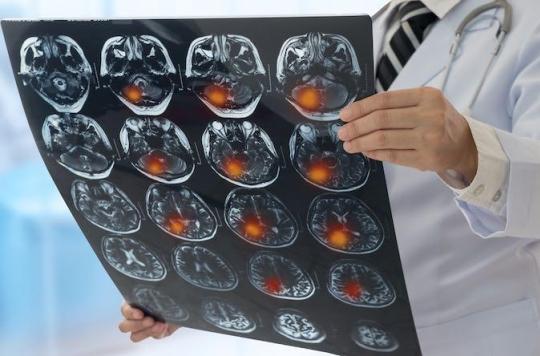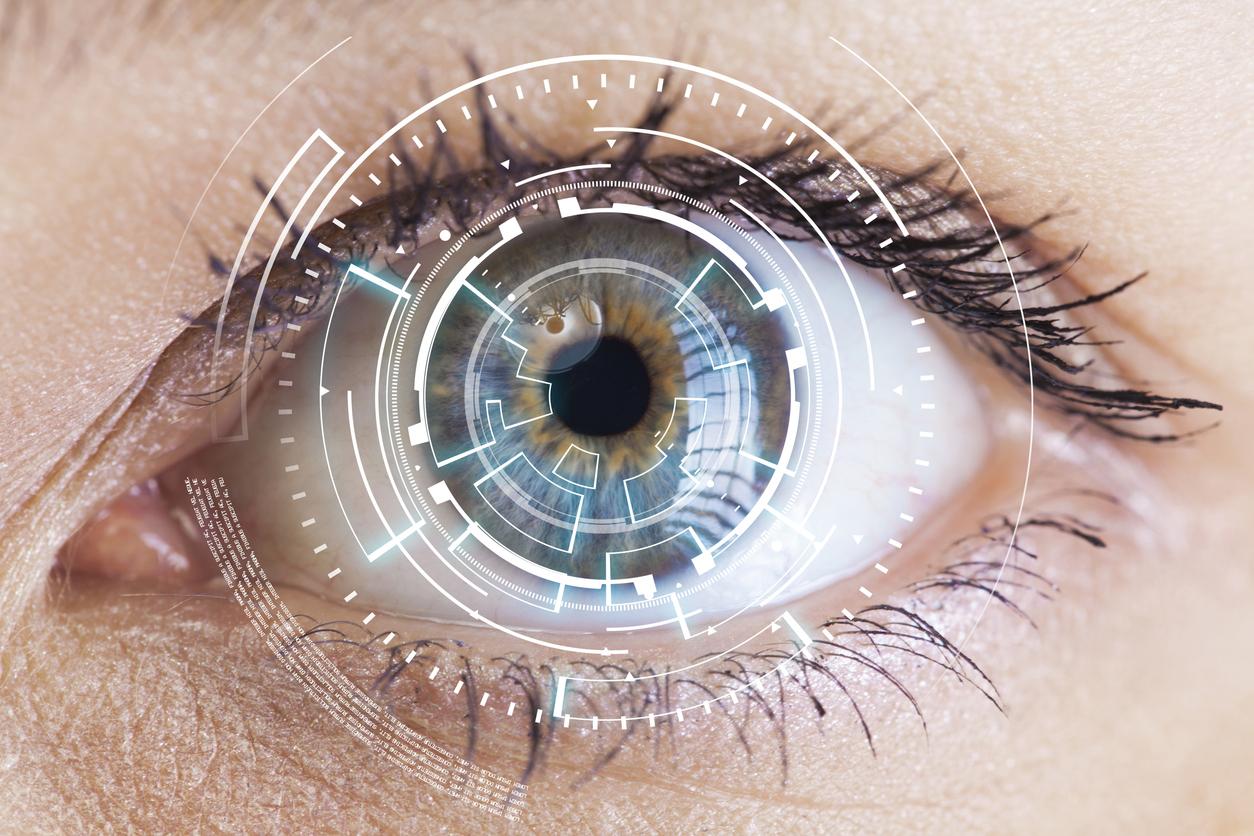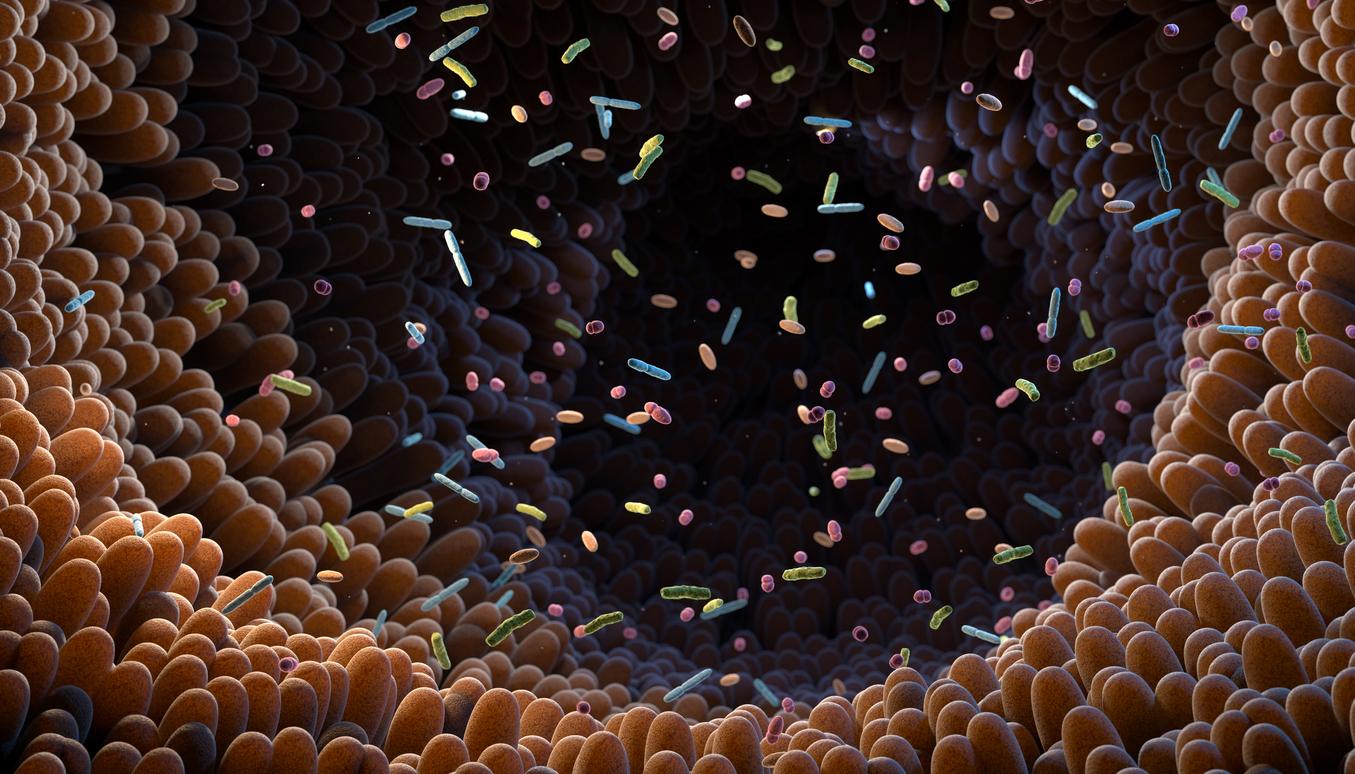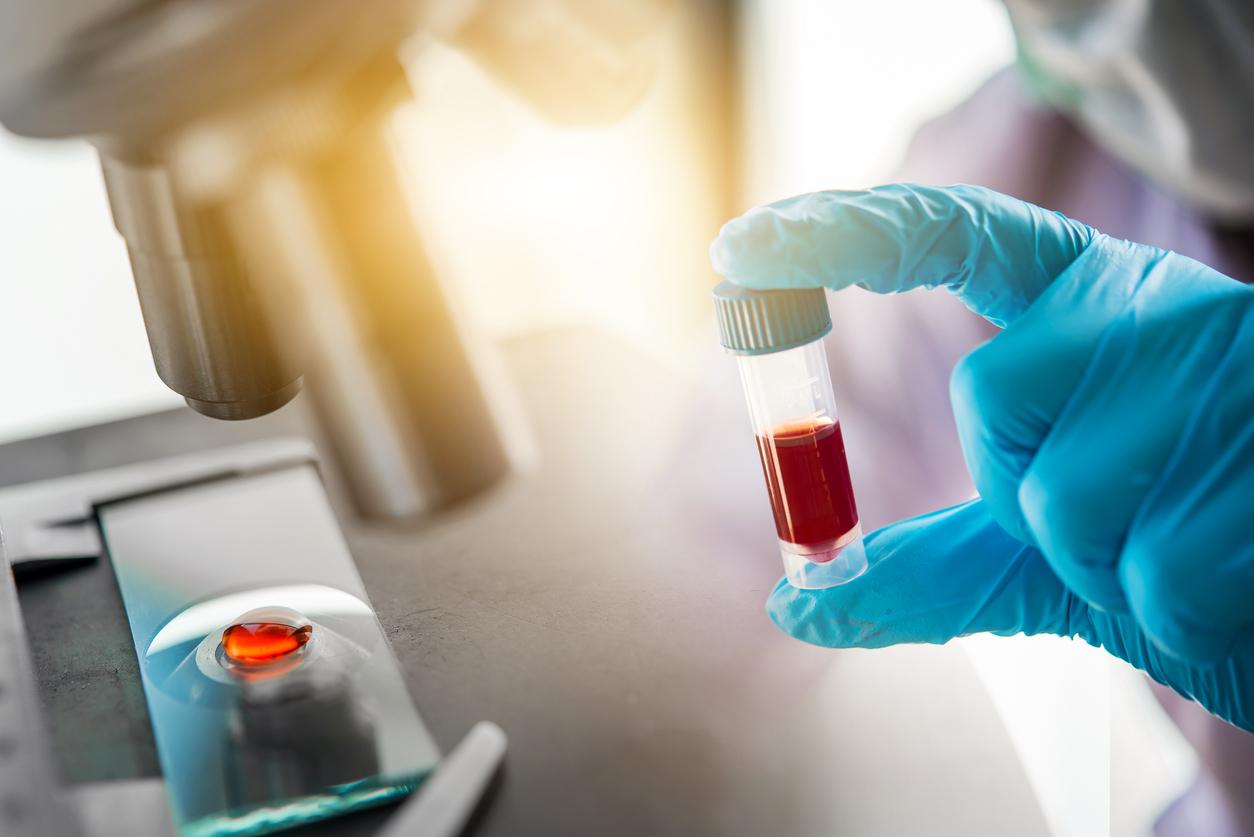The diagnosis of a stroke can be complicated by atypical symptoms: these are “stroke mimics” or “chameleon strokes”. Yet the diagnosis must be made urgently to begin treatment in less than 3 hours if we want to avoid disabling sequelae.

The diagnosis of cerebrovascular accident (CVA) of the ischemic type is urgent because, at the beginning of the episode, it is possible to unclog the artery where the clot is located in order to reduce the sequelae. Yet the diagnosis of ischemic stroke would be complicated, even for specialists, by “stroke imitations” and “chameleon strokes”. This is the conclusion of a study published in Neuroimaging Clinics of North America.
Stroke mimics are diseases that look like strokes, while chameleon strokes are strokes that look like other diseases.
Frequency of diagnostic difficulties
Speed of diagnosis “can be complicated by the abundance of mimic strokes” and “chameleon strokes,” writes José Biller, professor and chair of the department of neurology at Loyola University’s Stritch School of Medicine. Chicago.
Ischemic strokes are caused by blood clots that block oxygenated blood flow to an area of the brain with the risk of infarction of the area of the brain downstream from the clogged artery. They account for about 85% of all strokes. The other main category of stroke, hemorrhagic stroke, is caused by bleeding in the brain.
The permanent damage caused by an ischemic stroke can be minimized by quickly restoring blood flow. This can be done by giving an intravenous fibrinolytic drug (tPA) which will dissolve the clots, or by performing minimally invasive surgery to remove the blood clot. But such treatments can do more harm than good if a patient is misdiagnosed.
Frequency of Stroke Imitations
The exact frequency of stroke imitations is unknown. According to previous studies, between 1.4 and 38% of patients admitted for presumed ischemic stroke have other diseases. For example, Dr. Biller reports the case of a 79-year-old woman who suddenly experienced sudden weakness on the right side of her body and difficulty speaking, classic signs of a stroke. But a CT scan showed no signs of a stroke and she was diagnosed with viral encephalitis. In another example, a 60-year-old man had difficulty walking, speaking, and reading. He also had vision problems preceded by a headache. The patient had previously received radiation for a brain tumor. Rather than a stroke, he suffered from SMART syndrome (stroke-like migraine attacks after radiation therapy).
A wide range of other illnesses can also mimic ischemic strokes, including seizures, infection, hypoglycemia, dizziness, drugs, alcohol, and multiple sclerosis.
Priority to emergency explorations
When treating an ischemic stroke, it is essential to restore blood flow within the first 3 hours to prevent brain cell death. But less than 10% of ischemic stroke patients receive anti-clot medication in time. One reason is the frequency of mimic strokes and chameleon strokes. This requires sending patients suspected of this problem to specialized units where a specialist and high-performance imaging will make it possible to make the diagnosis in time.
Attention to the subtleties of neurological examination and attentive listening to patients remain essential for accurate diagnosis and the development of good clinical judgment. But effective imaging must be carried out urgently at the slightest doubt. On the occasion of World Stroke Day, it is good to remember this fact and not to overlook unusual signs.

.















